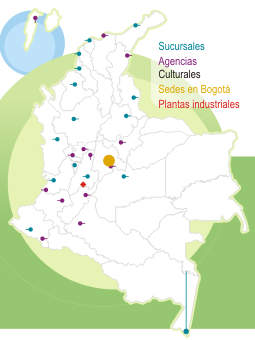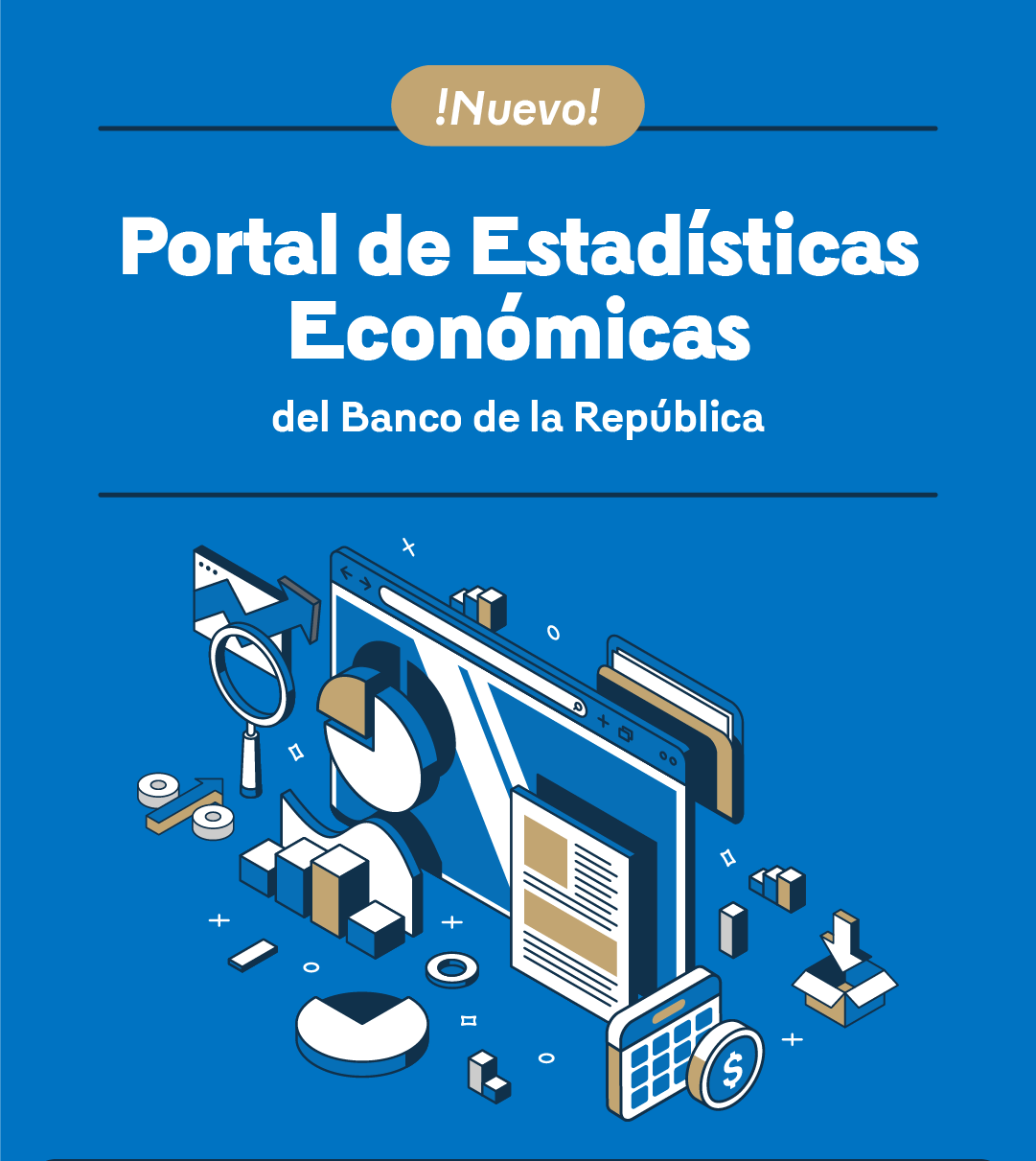This document analyzes the macroeconomic effects of a boom in a small-open economy’s natural-resource sector. We study the effects of this shock on the most important macroeconomic variables, the resource reallocation across sectors and on welfare under alternative fiscal rules. We employ a DSGE…
Working Papers on Economics
Below are the contents available on the site related to the query.
- Publicación |
- Publicación |
Using a three-equation New Keynesian model we find that incorporating an escape clause (EC) into Forward Guidance (FG) is welfare improving as it allows the monetary authority to avoid cases in which the cost of reduced flexibility is too high. The EC provides the central bank with another…
- Publicación |
A maximum likelihood method for estimating the power-law exponent verifies that the positive and negative tails of the Colombian stock market index (IGBC) and the Colombian peso exchange rate (TRM) approximate a scale-free distribution, whereas none of the heavy tails of a local sovereign…
- Publicación |
Using a stylized model in which output is measured with error, we derive the optimal policy response to the demand shock signal and to changes in the measurement error volatility from two different perspectives: the minimization of the expected loss (from which we derive the ‘standard’ policy)…
- Publicación |
Evidence suggests that the Colombian interbank funds market is an inhomogeneous and hierarchical network in which a few financial institutions fulfill the role of “super-spreaders” of central bank liquidity among market participants. Results concur with evidence from other interbank markets and…
- Publicación |
After decades using monetary aggregates as the main instrument of monetary policy and having different varieties of crawling peg exchange rate regimes, Colombia adopted a full-fledged inflation-targeting (IT) regime in 1999, with inflation as the nominal anchor, a floating exchange rate, and the…
- Publicación |
When managing international reserves, central banks generally face the problem of determining what their optimum or adequate level is. A critical review of some methodologies for calculating the optimum amount of reserves is presented in this document.
- Publicación |
We study the relationship between US and Colombian sovereign debt interest rates. We also evaluate the response of the Colombian long-term bond yield and other asset prices to shocks to the US long-term Treasury rate. Two empirical exercises are performed. First, we use a moving window linear…
- Publicación |
We set a dynamic stochastic model for the interbank daily market forfunds in Colombia. The framework features exogenous reserve requirements and requirement period, competitive trading among heterogeneouscommercial banks, daily open market operations held by the Central Bank(auctions and window…
- Publicación |
We propose to assess the performance of k forecast procedures by exploring the distributions of forecast errors and error losses. We argue that non systematic forecast errors minimize when their distributions are symmetric and unimodal, and that forecast accuracy should be assessed through…
- Publicación |
The most recent global financial crisis (2008-2009) highlighted the importance of systemic risk and promoted academic interest to develop a wide set of warning indicators, which are mechanisms to identify systemically important institutions and global systemic risk indexes. Using the methodology…
- Publicación |
This paper presents evidence of the effect of the recent phases of the business cycle in Spain and United States, proxied by their respective unemployment rates, on the labor market of Colombian cities with high migration tradition. These countries are the main destination for labor Colombian…
- Publicación |
R&D intensity for small firms is high and persistent over time. At the same time, small firms are often financially constrained. This paper proposes a theoretical model that explains the coexistence of these two stylized facts. It is shown that self-financed R&D investment can distort…
- Publicación |
This paper evaluates the impact of Resolution CREG 051 on the performance of the electricity markets in Colombia. We found out that productive efficiency has improved since the introduction of the Resolution, that is, the total costs of producing electricity have been reduced. This shows a…
- Publicación |
This paper analyzes efficiency in an economy with an informal sector that consists of unregulated self-employment, and where there are no costs of being informal, (Albrecht et al. (2009)). First, assuming workers in the formal sector are ex-ante heterogeneous, I show that this type of economy is…
- Publicación |
This paper analyzes the effect of social security and lump sum layoff payment in an economy with an informal sector and savings, where the search effort is unobserved. I characterize the optimal consumption/search/non-participant strategy assuming that workers are risk averse and that formal…
- Publicación |
Many central banks, particularly in the developing world, aim for exchange rate stability as a macroeconomic goal. However, most are reluctant to relinquish monetary policy autonomy, so they end up operating through both interest rate and foreign exchange interventions. But the use of multiple…
- Publicación |
In this paper we expanded the closed economy model by Bernanke and Gertler (1999) in order to account for the macroeconomic effects of an asset price bubble in the context of a small open economy model. During the nineties emerging market economies opened their financial accounts to foreign…
- Publicación |
During the 1920s, the Colombian economy experienced the highest rate of growth in its history. The economic reforms of 1923 (the central bank, gold standard, banking legislation, fiscal reorganization), the coffee boom, and the unprecedented influx of foreign capital were the driving forces…
- Publicación |
We study nancial crises in a small open production economy subject to credit constraint and uncertainty on the value of debt repayments. We nd that the possibility of reducing the severity of future crises encourages the central planner (CP) to increase both the crisis frequency and current…















































